As one year closes and the following year begins, it’s always fun to look at what the nutrition trends could be in 2025. While I don’t have a crystal ball, I can look to see what products have popped up in the grocery stores and what topics/recipes are trending on ‘google analytics. ‘ Every year after the pandemic, people have been looking at what will impact their health in the present and the long term. Additionally, people are paying attention to their environmental impact, but at the same time, they have to balance rising food costs.
Will there be one veggie that stands out from all the rest? Kale and cauliflower are still trending, but will another one take the spotlight? Might it be the mighty mushroom? Or is there a simple focus in general on eating more plants? Focusing on your health is NOT about completely cutting out foods you enjoy but instead finding balance and rhythm. Here’s what I think (from what I’ve seen) will be the nutrition trends in 2025 as they relate to food, health, and wellness.
Focus on Protein
Last year, I wrote about protein being the nutrient trend. Once again, protein will be the trending nutrient in 2025. From ‘protein’ cereal to protein bars, you will see everything marketed as ‘protein’ to make you believe you need more protein! One reason protein is trending is the increase in the use of the GLP1s/GIP medications. & while protein is essential, more importantly, it is looking at the overall picture of what people are eating and possibly the timing to ensure they’re getting enough nourishment from the food that they’re eating. Protein is essential to help our bodies stay strong and feel satiated. Side note: Americans typically meet their protein requirements, so don’t always believe more is more! Read more about it here!
A second part of the protein trend is looking to incorporate more plant proteins. This has been trending over the past few years; however, now more than ever, the focus on plant proteins will trend because of the health and cost-saving implications. This interest in plant proteins ranges from health benefits and environmental concerns to their cost-effectiveness. Whether adding more beans to your dishes or more nuts to your eating pattern, plant protein will have a moment in 2025.
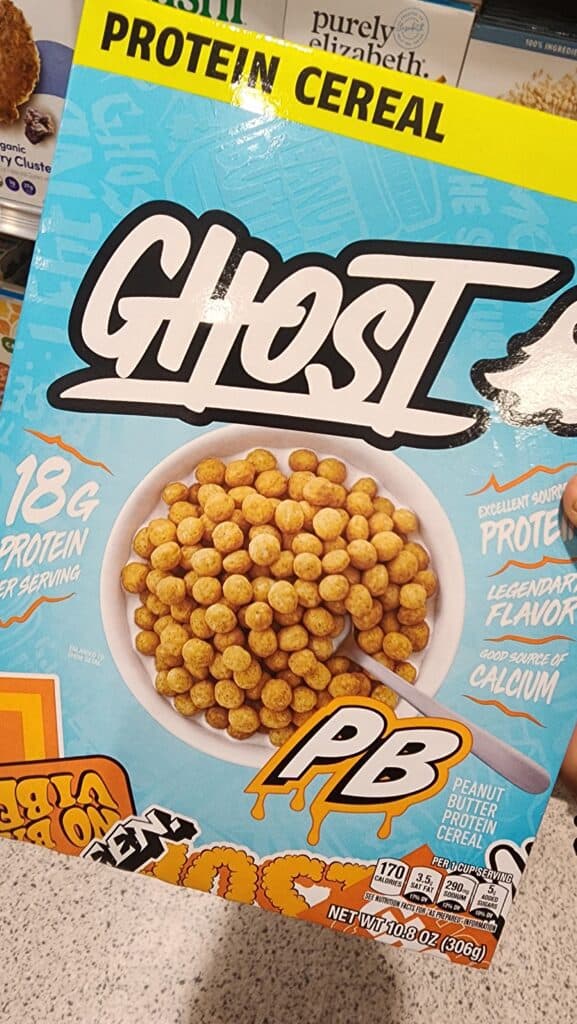
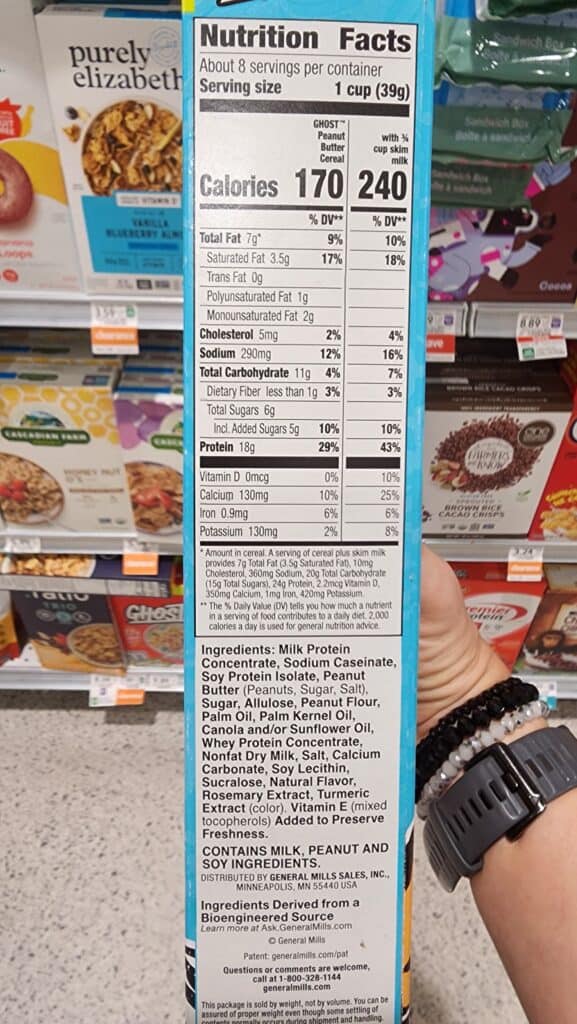
Affordable Nutrition
Plant protein trends for this very reason. Many plant proteins are more affordable than animal proteins. Again, as a dietitian, I am not saying you can’t eat animal protein, but it is something to consider now when looking at the cost/pound for various food items. We can expect grocery prices to rise in 2025. With the increase in the cost of food, you may choose to eat out less and prepare more meals at home. However, the goal is to eat healthy without breaking the bank, which can be hard sometimes. The key is to look for more budget-friendly food that will give you more bang for your buck! Examples include beans and lentils, frozen options, buying in bulk, and buying items to stock up while on sale.
Here are a few other tips to help you save on food throughout the year. Focus on what foods you already have in the house so you’re not purchasing items you already have. Aim to use up what you buy for a recipe and repurpose the remaining amounts or use another recipe to help reduce your food waste. Additionally, buying food that is in-season helps cut back on costs, and if not in-season, look to use more affordable options like frozen food items. As mentioned, cooking more at home is on the list, but that might make a little meal planning/preparation come front and center to continue with the affordable nutrition theme for 2025.
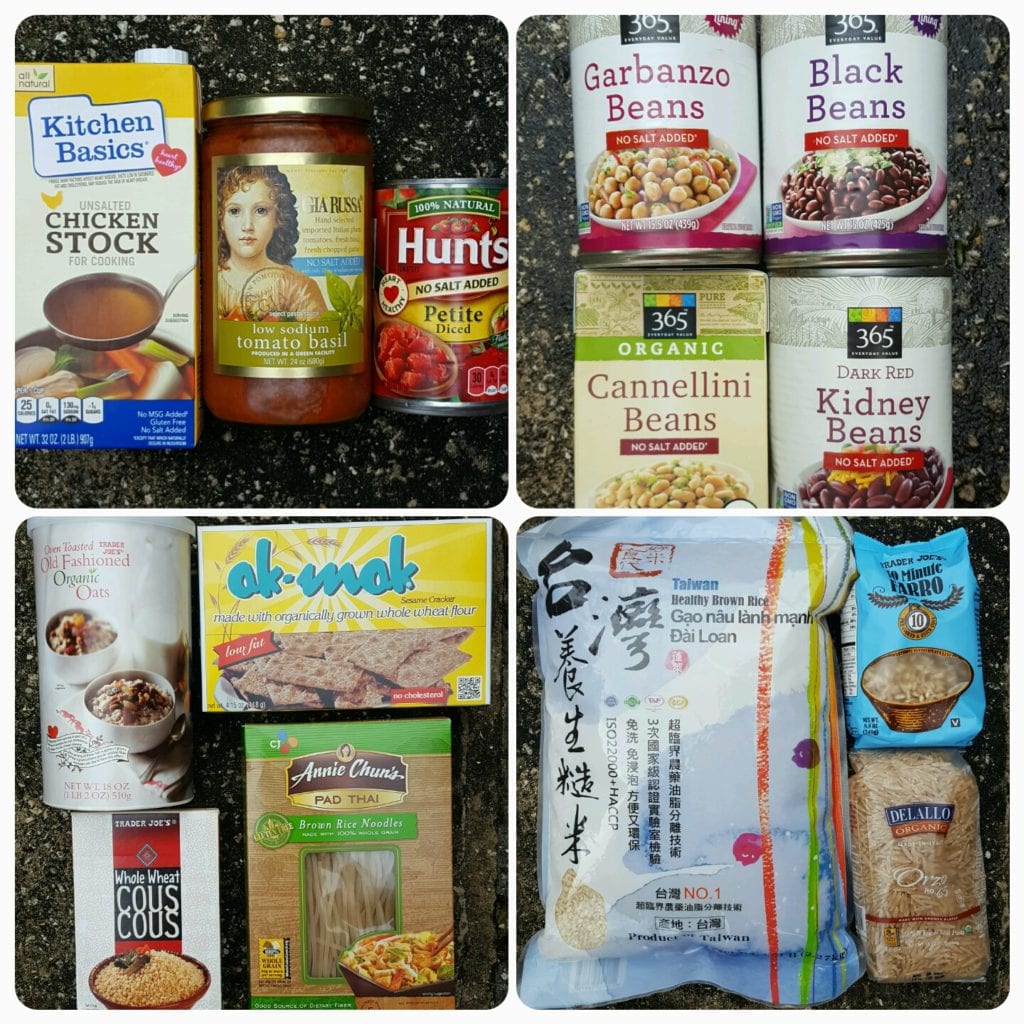
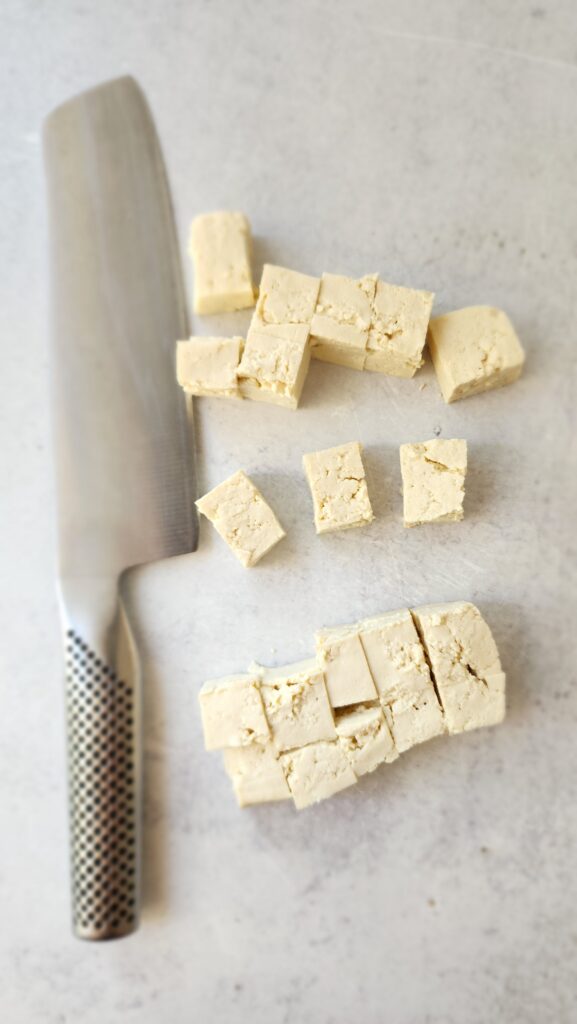
Anti-Inflammatory ‘Diet’
There has been so much discussion on social media about seed oils, i.e., canola and safflower, causing inflammation that I believe this will continue into 2025. You can read a full blog post on seed oils and inflammation here but know that it’s a bit more complicated than just blaming seed oils. This will lead to the following nutrition trend: reducing our consumption of ‘ultra-processed’ foods (which has led to increased consumption of these ‘seed oils’ and why the blame has been solely placed on them. However, eating foods that help lessen inflammation is more about your overall eating pattern.
Eating patterns show that a diet focused on foods that help fight inflammation, i.e., fruits, vegetables, legumes, nuts, and omega-3-rich fish, indicates not only the ability to reduce many chronic health conditions but may also slow aging and improve immunity. The buzz is there for good reason with this research! The key is finding a way to incorporate more of these foods daily.
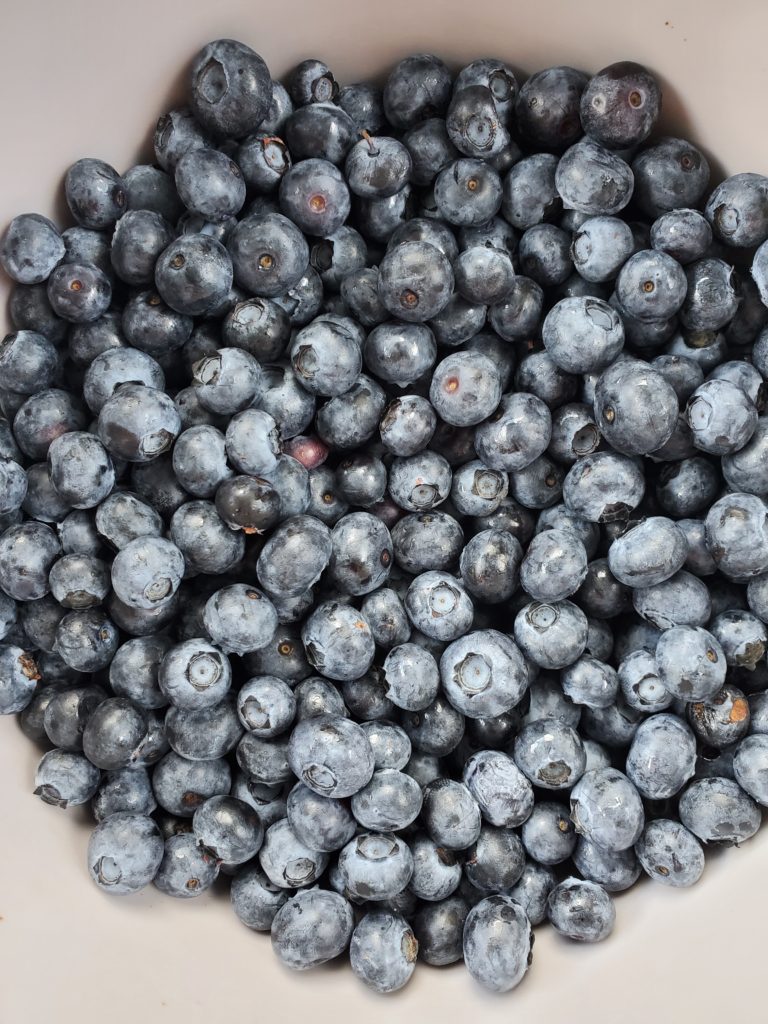
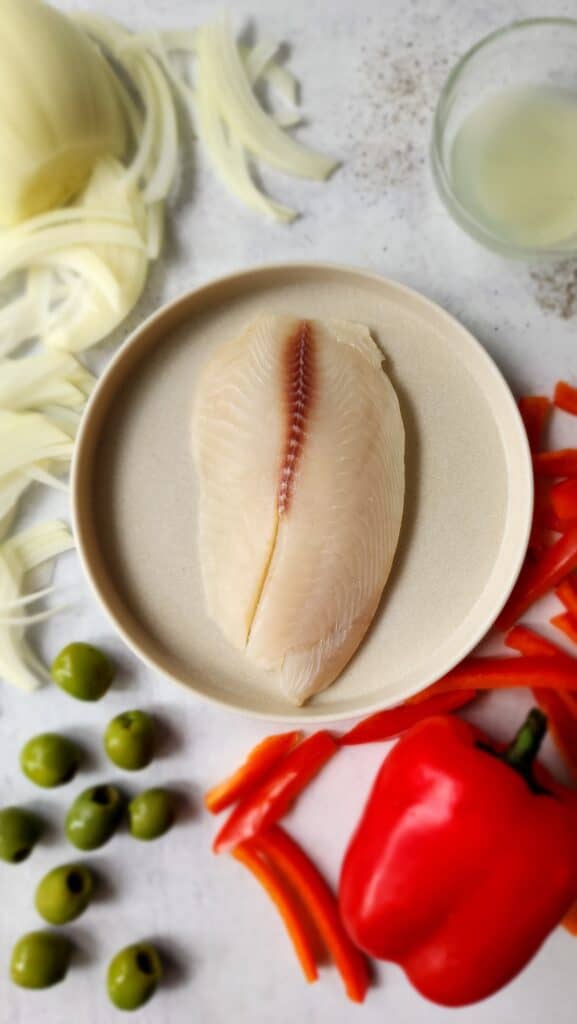
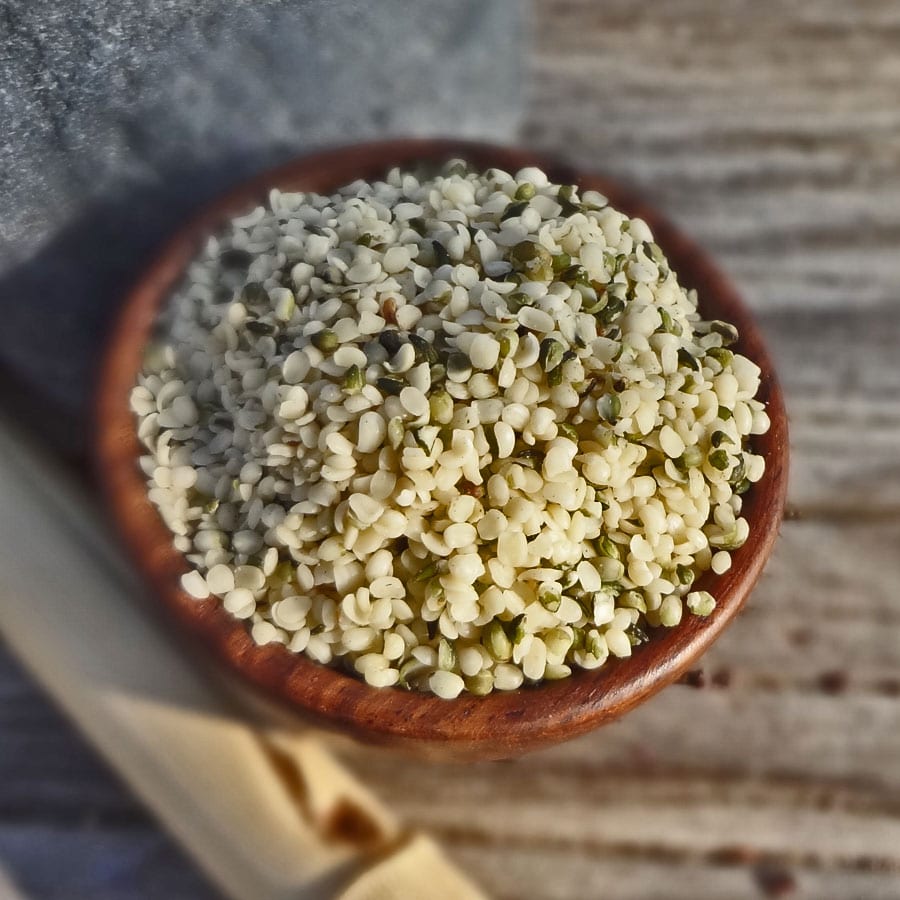
Reduce Ultra-Processed Foods
It’s a privilege if you can afford food and put it on your table. It’s even more of a privilege if you can afford fresh produce and minimally processed foods. As a dietitian, my goal for everyone is to look at what they’re currently consuming to reduce the amount of packaged products that might be ultra-processed. You can use a protein bar as an example. They are there for a purpose, i.e., convenience. However, could you use a handful of nuts with a piece of fruit to tide you over to your next meal versus the protein bar instead? The idea here is to look at what we rely on and use daily. We aim to have still a few shortcuts (heck, we ALL need those sometimes) but lessen the number of products we’re using that are considered ultra-processed.

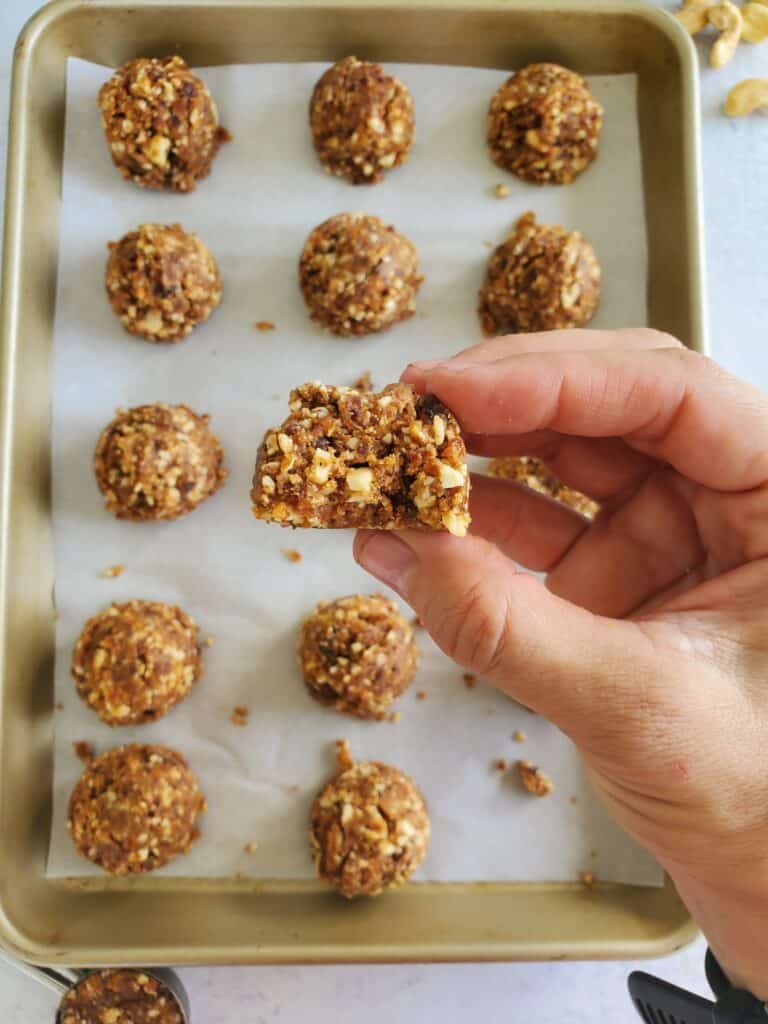
Mocktails
Step through the grocery store alcohol section and you’re bound to see a whole section for non-alcoholic mixers and drinks. Even I was surprised to find the assortment that I did! With Sober October and Dry January trending I believe this will continue to gain popularity. People want to be social but don’t necessarily want to drink. Option one could include a sparkling water beverage that will still look festive or fun. Option two are prepackaged mocktails. I found one the other day (see picture below) that actually was on the lower end of added sugar but that also tasted delicious. Added sugar is something to keep in mind when you are selecting non-alcoholic drinks. While you might be removing alcohol you might be including more added sugar, so again, remember to be aware when selecting.
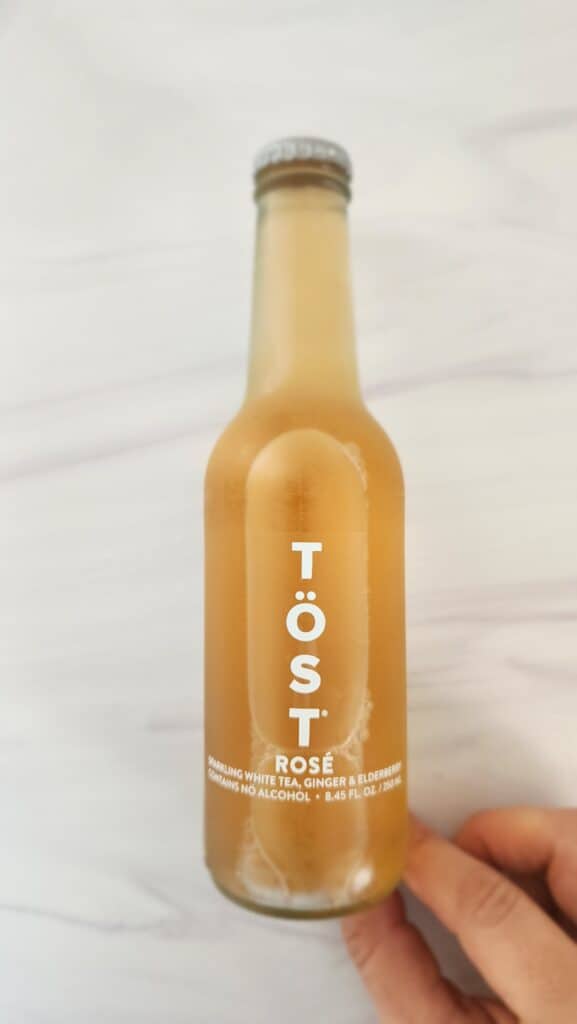
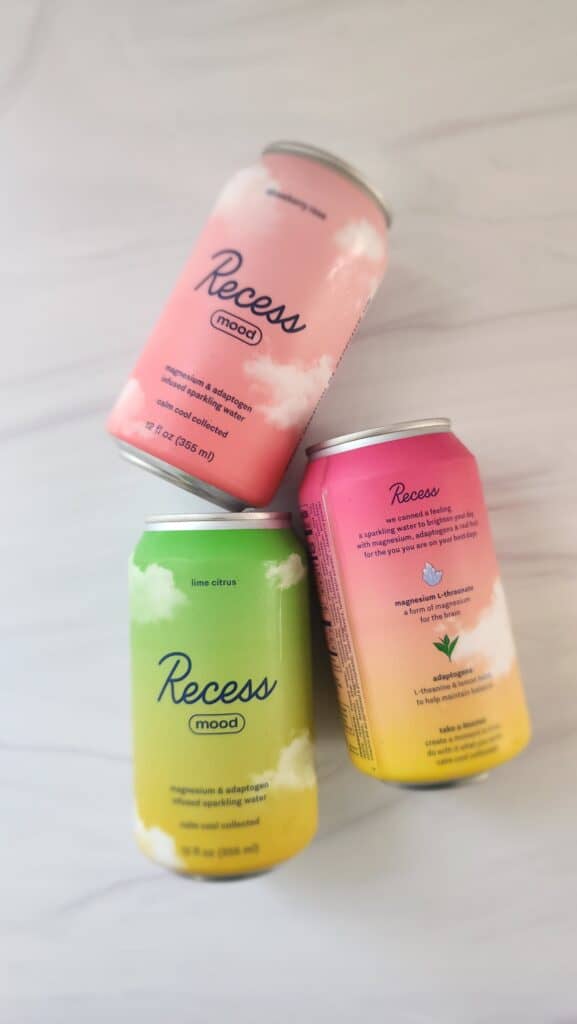
Option three can include you making your mocktail. I created this Blood Orange Mocktail last year and will create another soon. It is so much fun to think of all the different drink combinations you can come up with that are sans alcohol. When it comes to alcohol, always pay attention to your total intake over a period of time and create awareness of how much you’re consuming (as you might not even realize). Additionally, if you’re trying to be ‘sober curious,’ sometimes the simple ritual of ‘having a drink’ might be part of the actual problem. Regardless, mocktails are here to stay and gaining popularity!

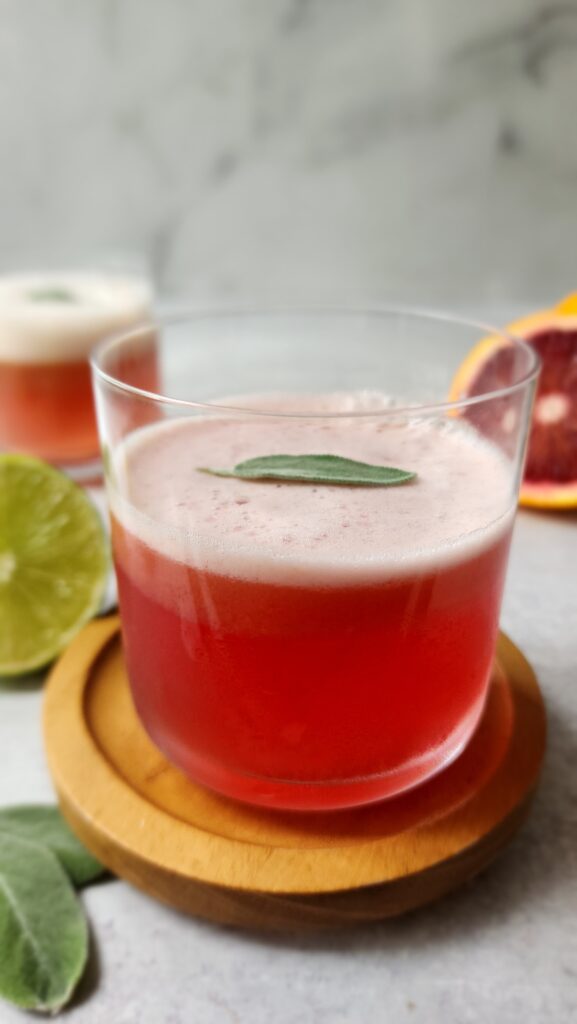
It’s All About the Sauce
Last year, Caesar salad dressing was predicted to be used beyond salads. This year, I’m still hoping people will understand how much a sauce can transform a dish. Having a few sauces on hand can make dinner prep a little easier, and that’s why I swear by it! My Basil Pesto is always in the freezer. Having pesto on hand I can whip up a simple pasta dish, a ‘fried’ egg, or even a simple pesto sandwich. Having a variety of condiments/sauces on hand can make dishes come to life versus seeming drab and boring. Additionally, I love using my salad dressings for salad but also for a marinade. My lemon vinaigrette and balsamic are just too simple not to make homemade.
I have one more comment here on sauces. As a dietitian, you’ve heard me say this many times, and I’ll continue to say, ‘Watch your added sugar sources and amounts.’ Sauces are a place that can have added sugar. Let hot honey have its moment. However, remember to look at the bigger picture. Know where your added sugar comes from and confirm how much you’re consuming. If you’re consuming more added sugar than is recommended, aim to start cutting back when and where you can. And sauces are a place where added sugar can sneak in, not to mention sodium, too!
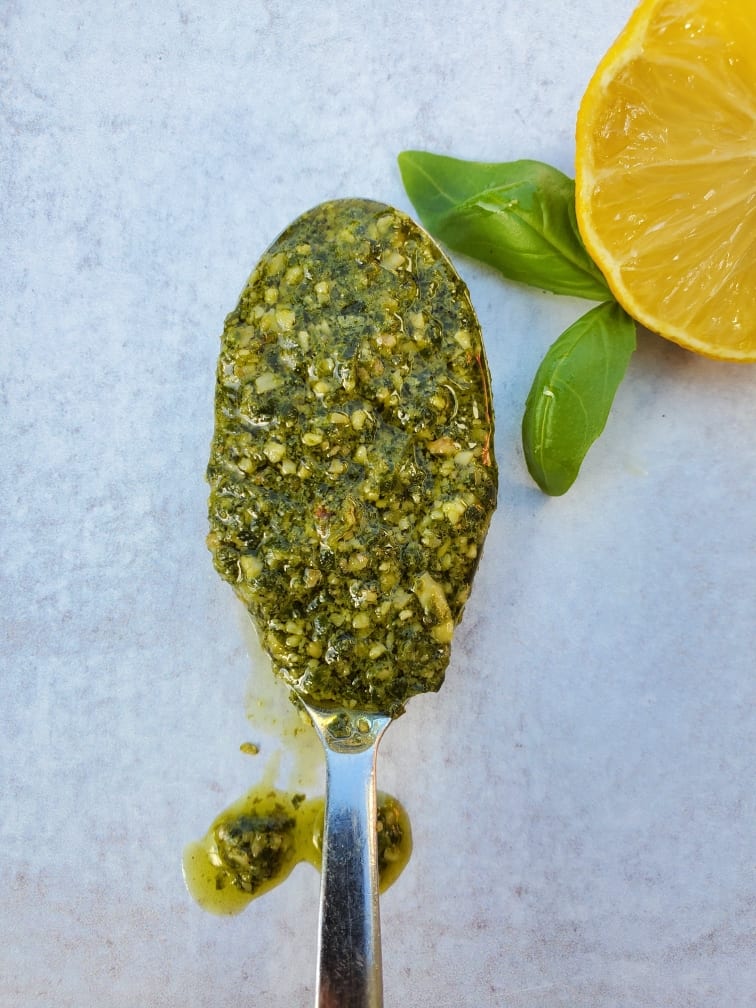

‘Healthy’ Has a Definition
This technically isn’t a nutrition trend. However, the word ‘healthy’ added to packaging/nutrition labels will now have to follow some rules. The FDA has updated the ‘healthy’ claim for labeling (finally). The product will need to be low in saturated fat, cholesterol, sodium, and added sugars. Additionally, it will need to contain a certain amount of a food group like fruits, vegetables, grains, protein foods, or dairy. The produce should also provide one or more nutrients important for health, i.e., vitamin A, vitamin C, iron, or calcium. The product cannot contain artificial colors, flavors, or sweeteners. And lastly, the product should be a whole, unprocessed food (with a few exceptions for certain ingredients like nuts and seeds).
Where six out of 10 U.S. adults have at least one chronic health disease, these diseases contribute to lower life expectancy in the U.S. The FDA does recognize that diet-related diseases, including heart disease, cancer, and diabetes, are the leading causes of disability and disease in the United States. This is one step in the right direction to help consumers identify products a little easier. The FDA hopes also to incorporate an icon as well.
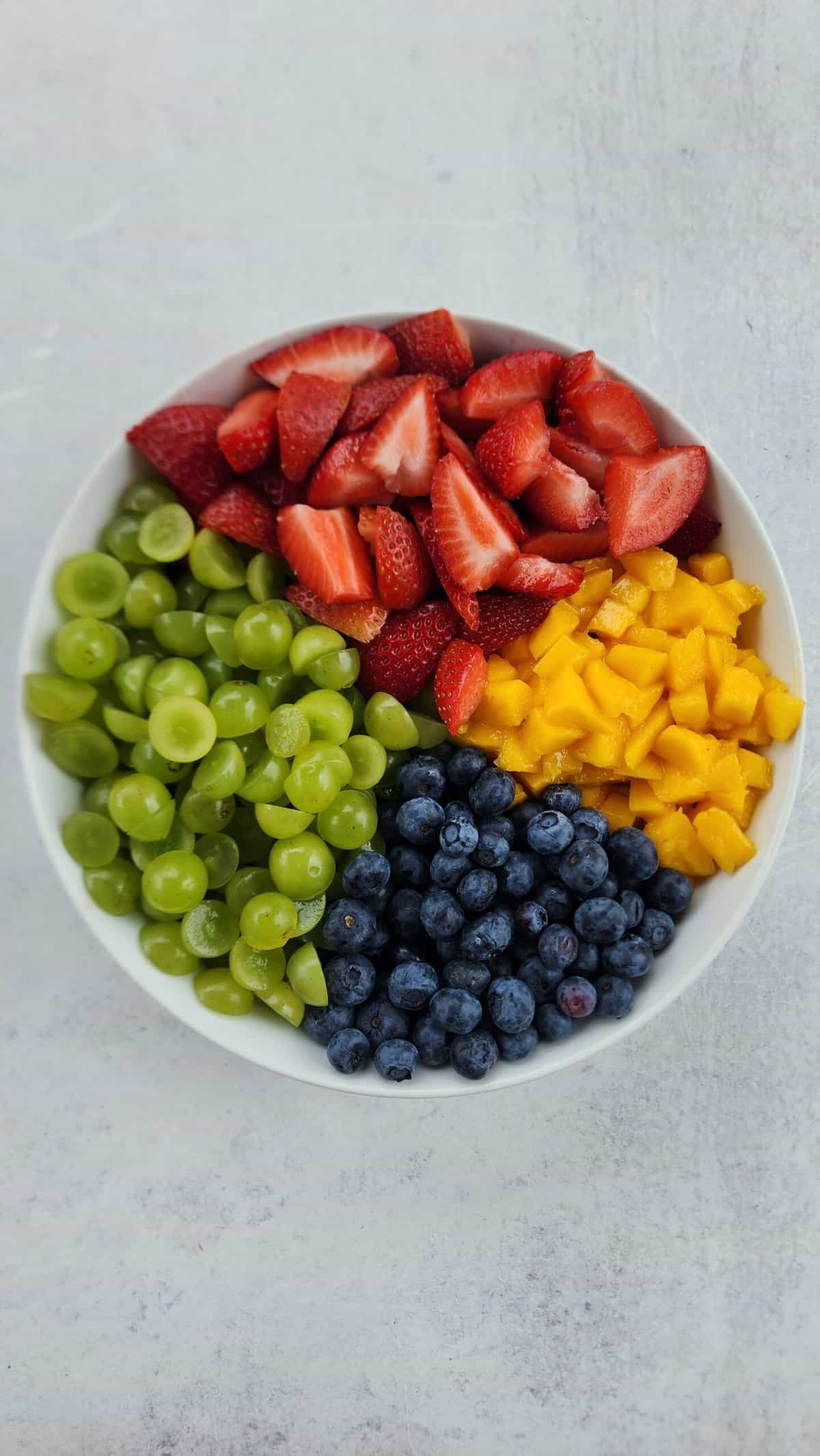
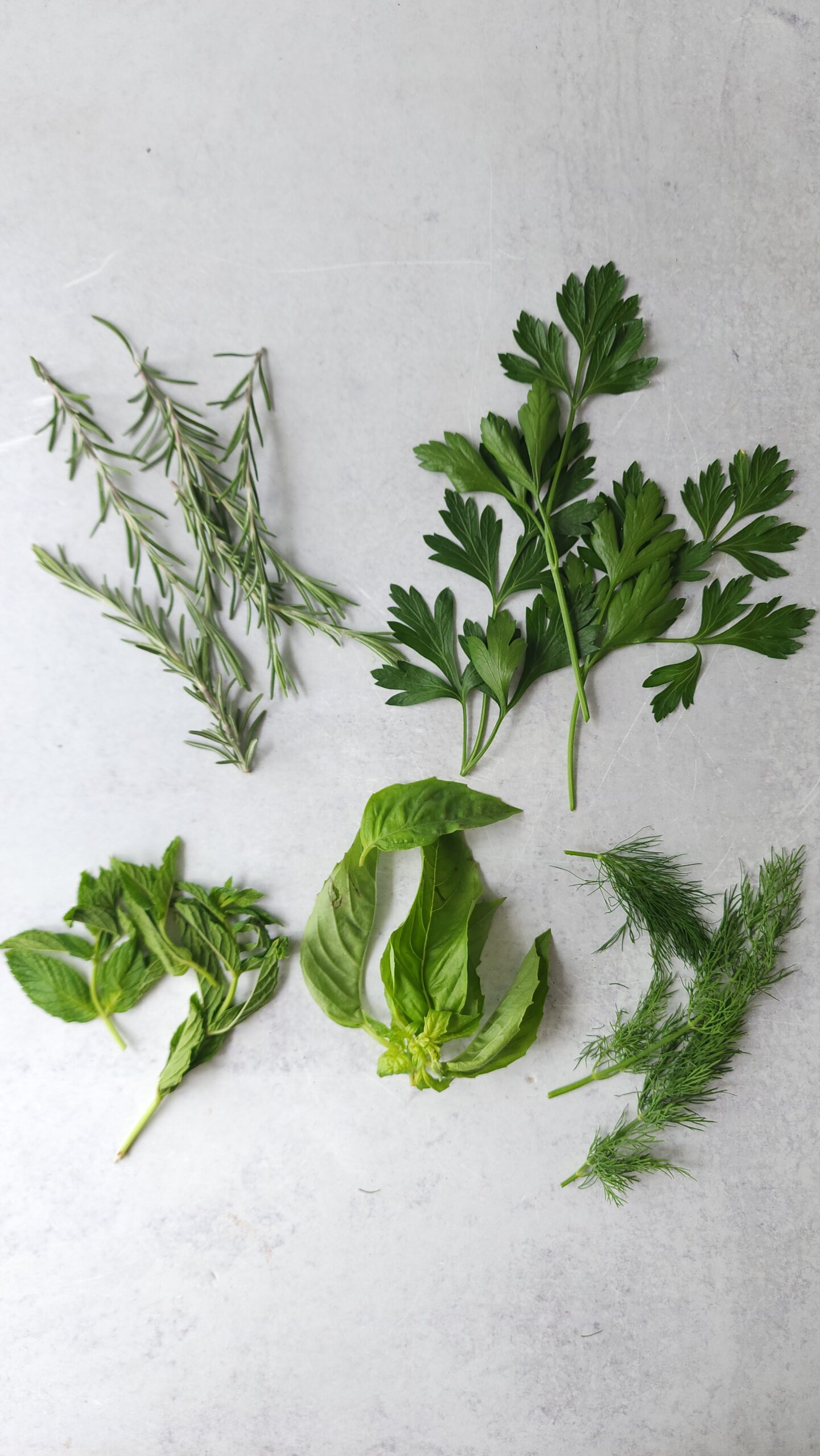
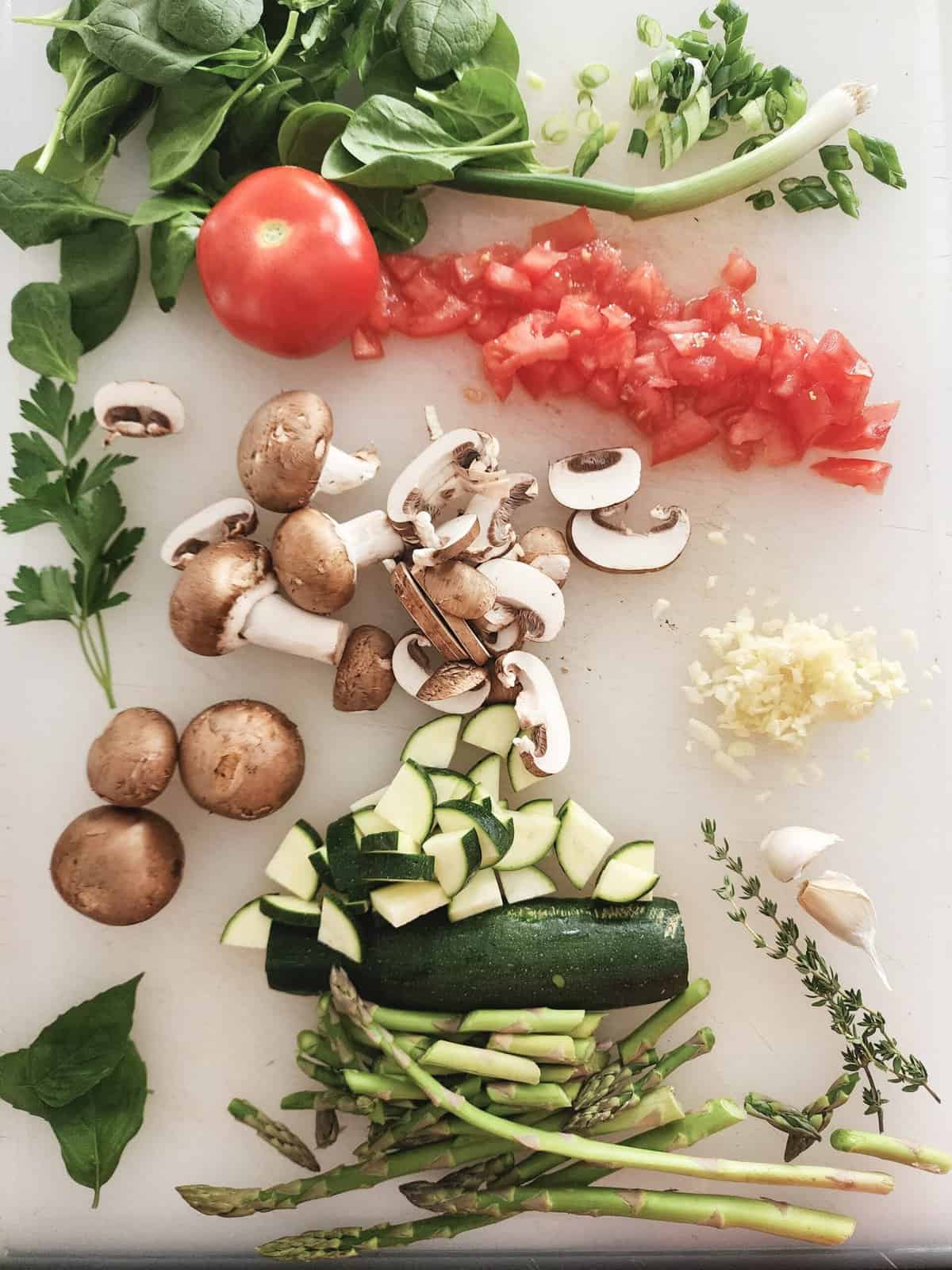
Veggies in the Mix
Every year, there’s speculation as to what vegetable will be the next ‘it’ vegetable. I predict that vegetables will take up more of the plate this year. Year after year the research shows how important vegetables are for our health. The plate divided really should have half of the plate from vegetables. Unfortunately we do not eat that way. Even if you have more animal protein on your plate now, I challenge you to start incorporating MORE vegetables.
I’ve always said this, and I firmly believe that people don’t know how to cook vegetables. When you think of broccoli, it should be a vibrant green, not a mushy, putrid green. That first experience you have with the vegetable can leave a lasting impression. Of course, I’m not suggesting you eat something you do not care for. Instead I’m encouraging you to keep an open mind and try foods that might taste better depending on how they’re prepared. Kale is a perfect example of that. Kale can be bitter. Depending on how you prepare, it will make all the difference in the world. Sautéed Kale, Air Fryer Kale Chips, or this Copycat Kale Salad are three great ways to try kale out and give it another chance!
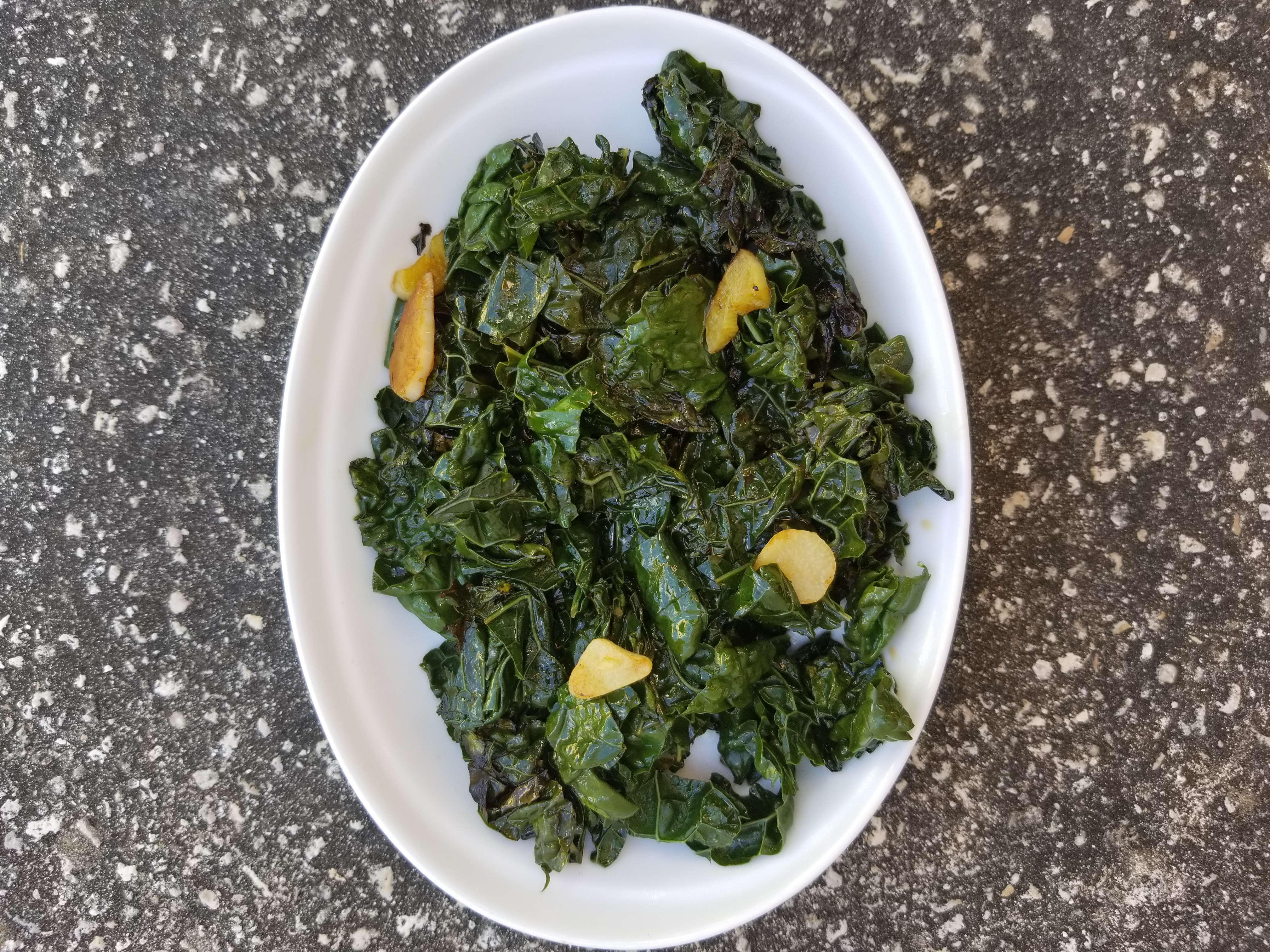
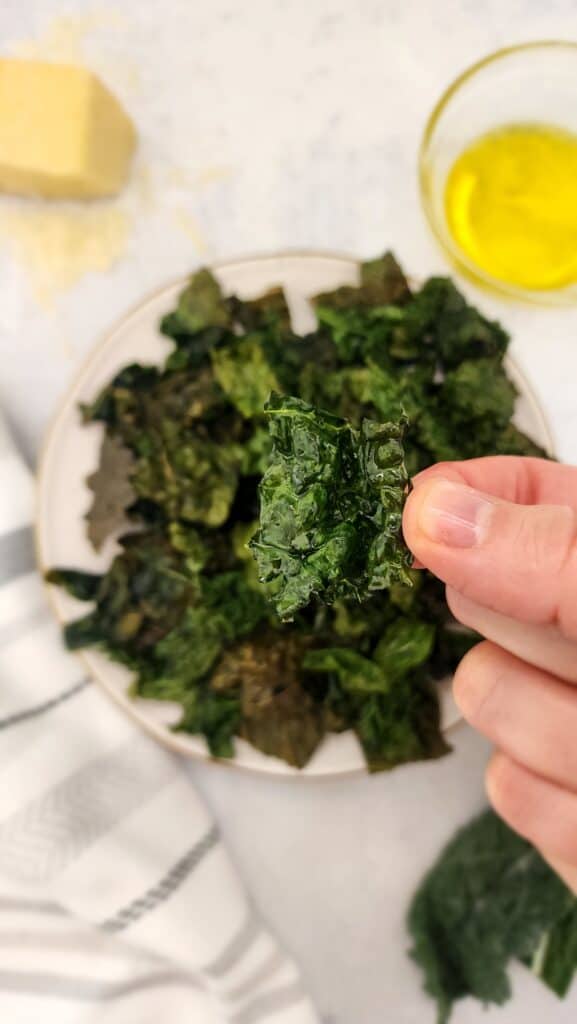
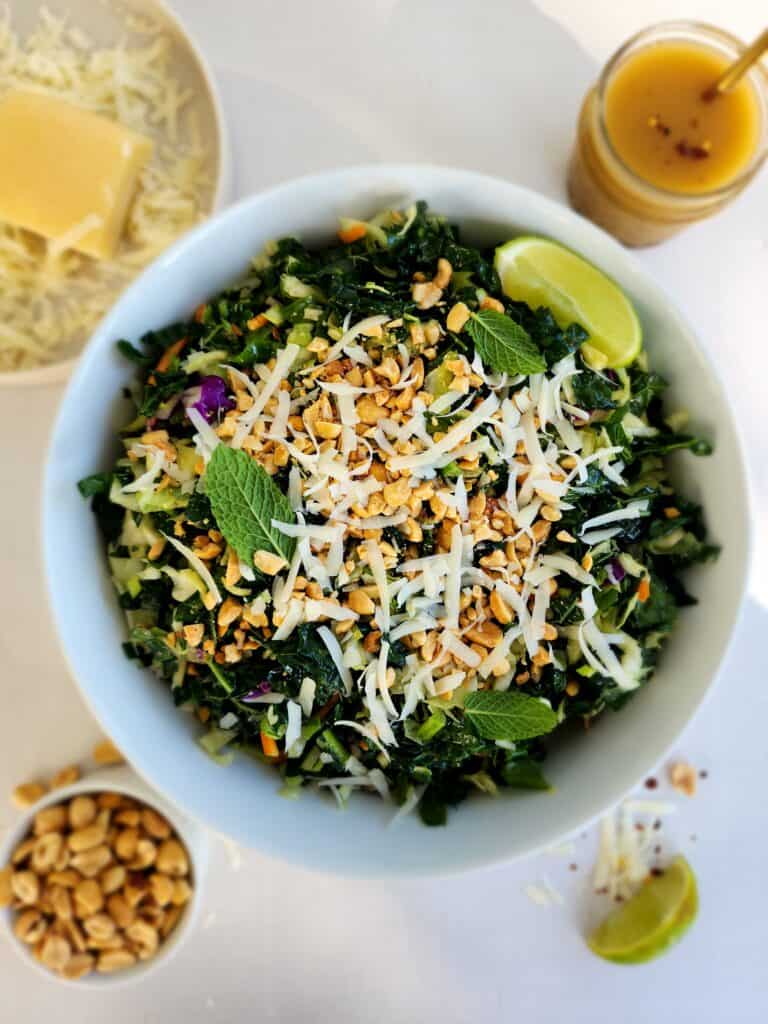
Tropical Fruit
EatingWell rounded up their 10 nutrition trends for 2025 and included tropical fruit. They stated they weren’t sure which tropical fruit to choose, so why not select all of the above? Living in South Florida, having tropical fruit make the nutrition trends list makes my heart happy.! I can never complain about the heat of the summer because it brings us all the tropical fruit. We’ve got it all and then some: mango, guava, passion fruit, lychees, longans, wax jambu!
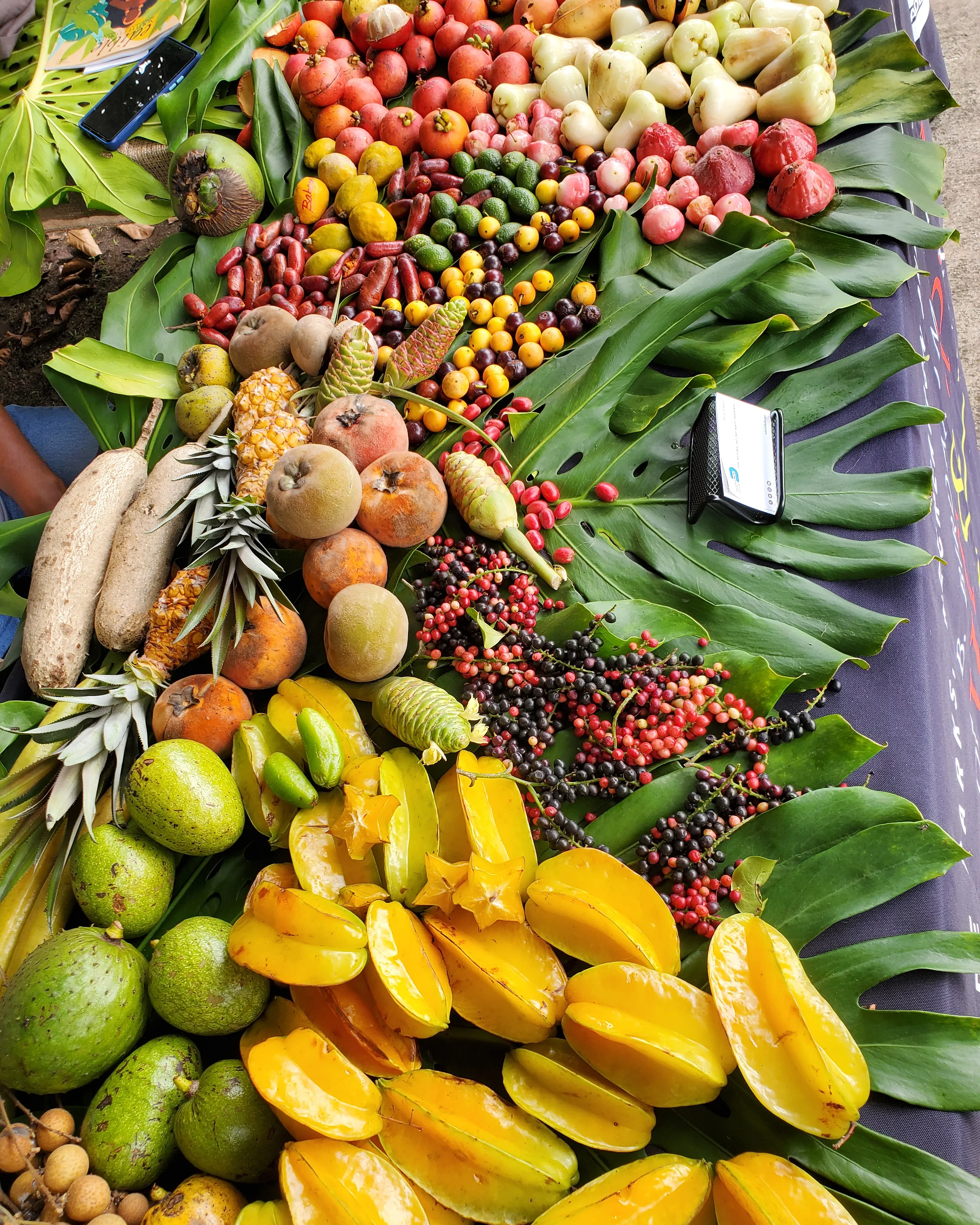
The picture displays a wide variety of what’s available. Even though it’s winter here in Miami, we still have access to different tropical fruits! I feel privileged to be exposed to so many different and unique fruits. The other day, I showed my co-workers (virtually) black sapote, Fwang Tung starfruit, and Canistel. I only wish they could try them! Also currently growing is a bunch of bananas. My neighbor (since moved) used to grow bananas all the time and left a tree/stalk growing. These bananas taste better than any store-bought banana. Yes, I know I’m spoiled.
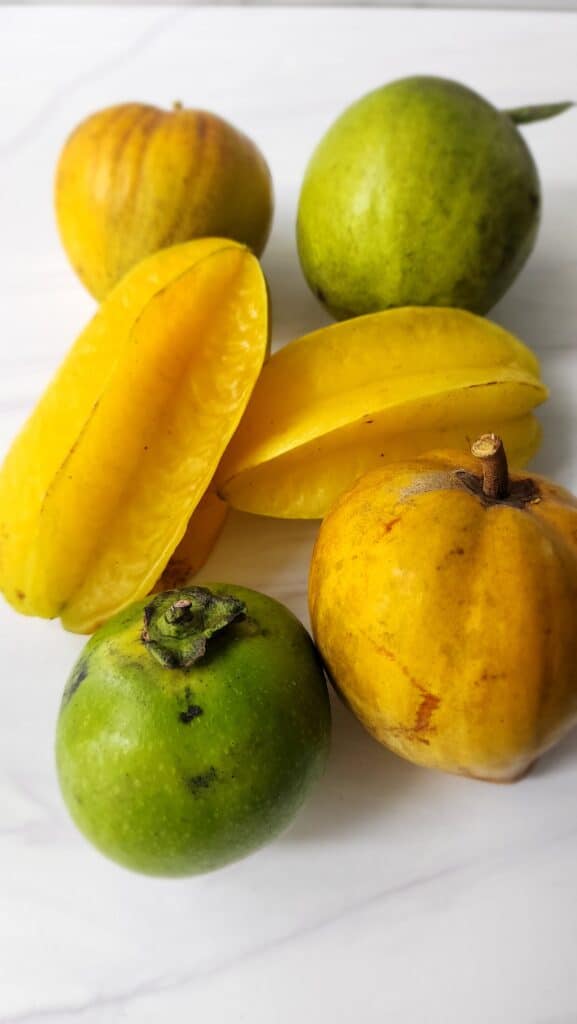
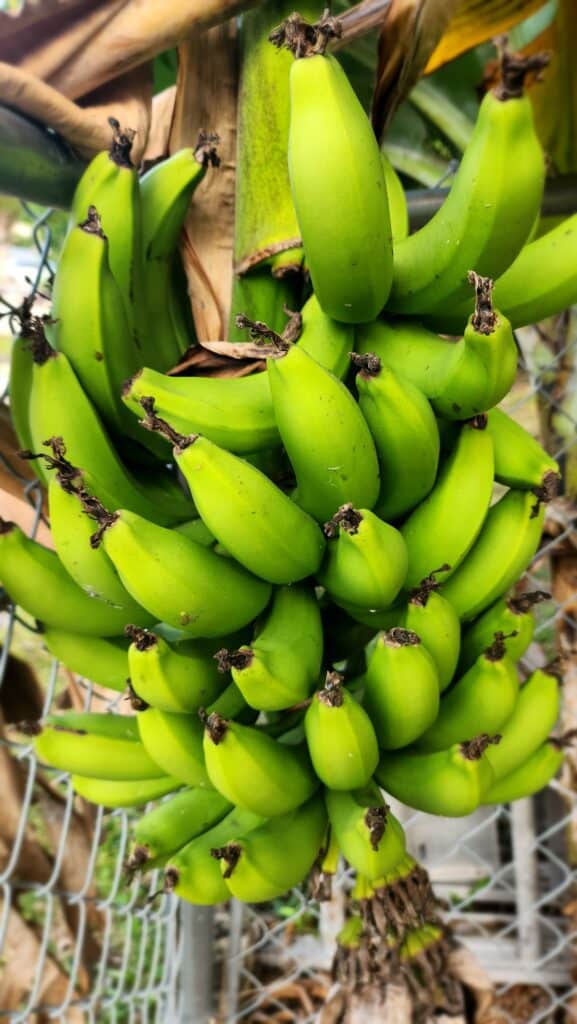
Gut Health
We are starting to see the link between our gut health and many different chronic diseases. Improving the health of our microbiome is just one way to help support our immune system and stave off many other chronic diseases. So, how can we improve the health of our microbiome? Enter prebiotics and probiotics. Consuming many different plant fibers builds up more diverse bacterial populations. Some studies suggest that as many as 30 other plants per week are needed to help create that diverse microbiome. The real take-home message is to incorporate as many different plants as possible. We all become creatures of habit and start eating the same things over and over. The more diverse your diet is, the stronger your gut microbiome becomes.
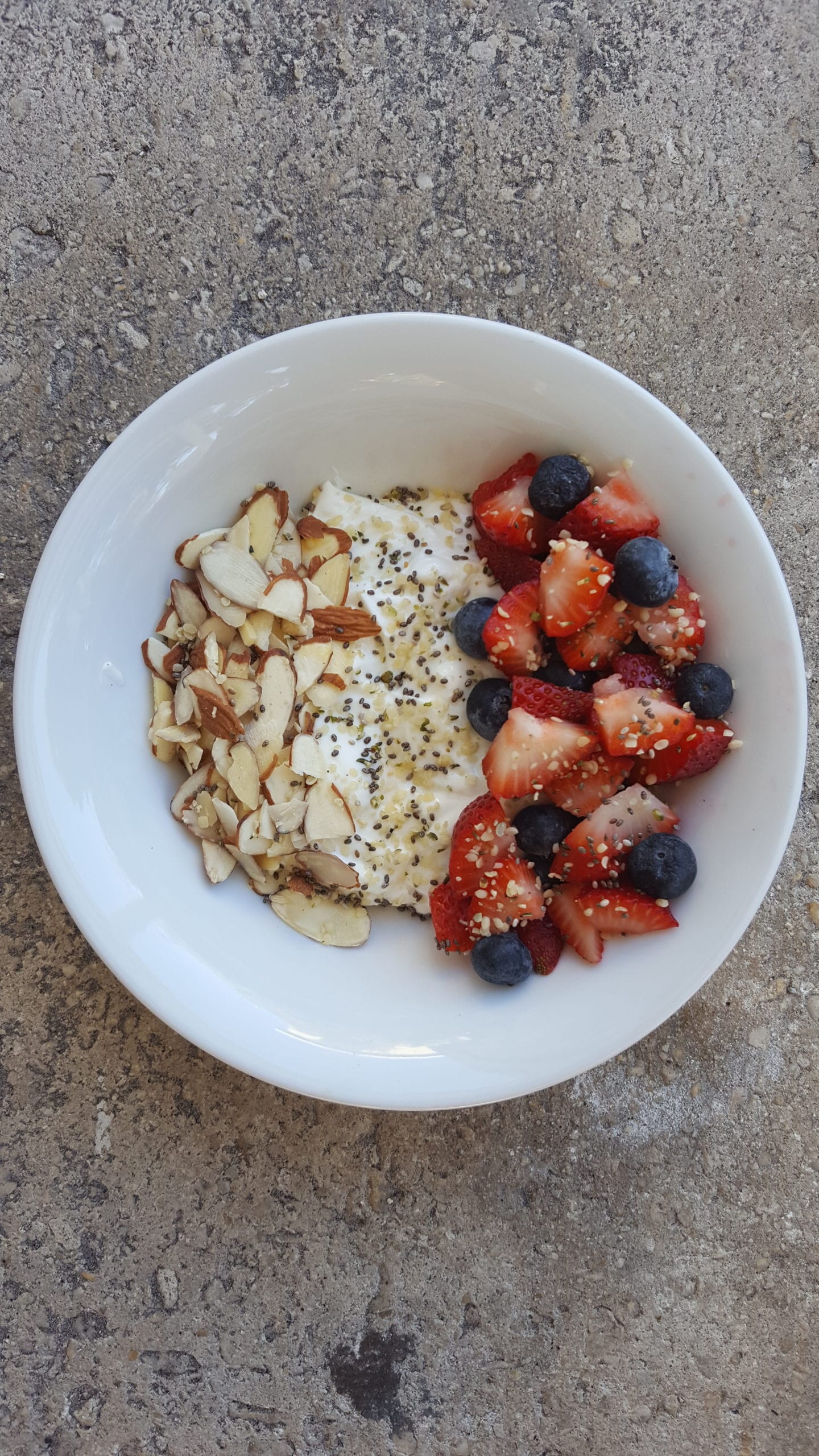

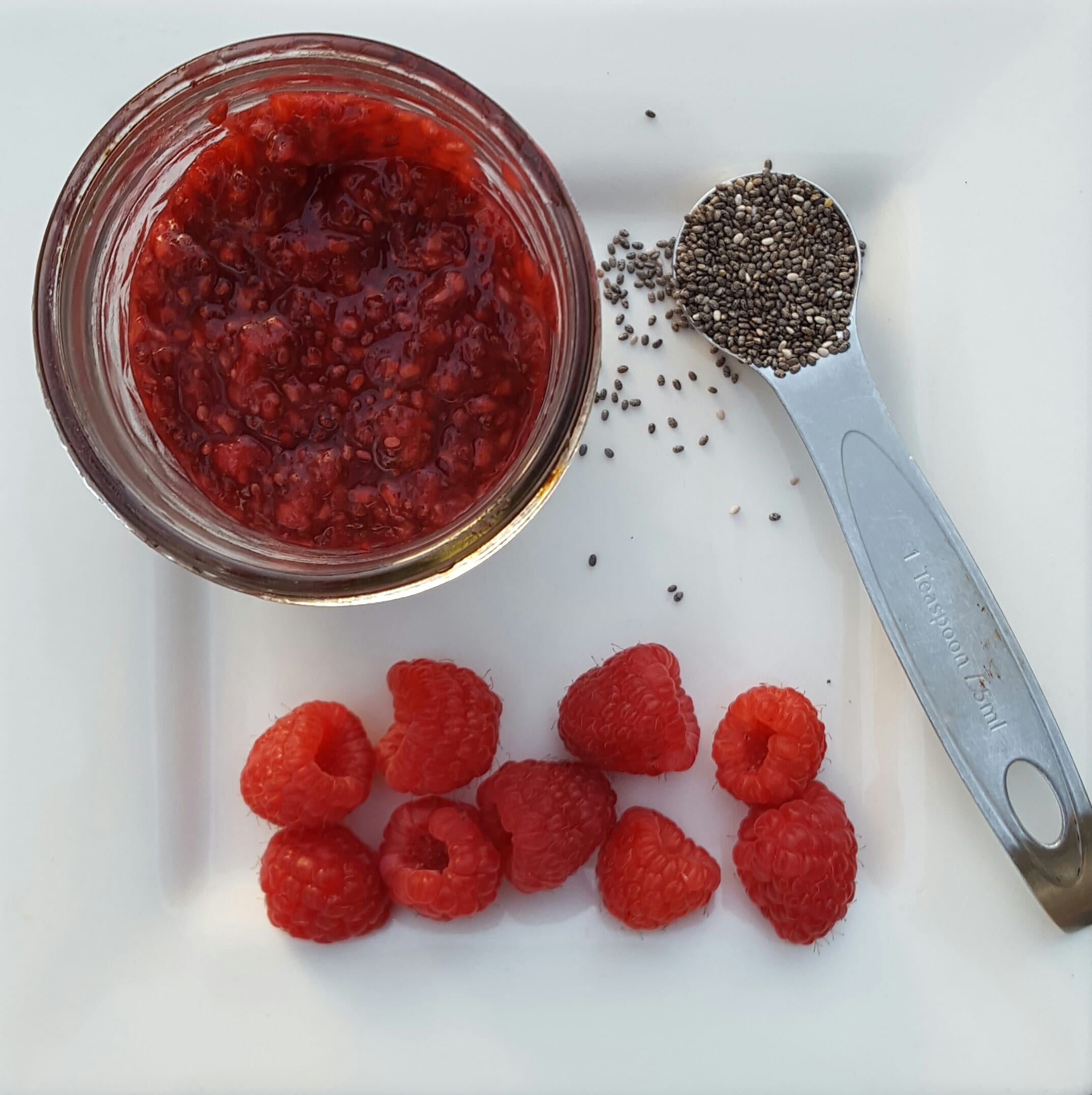
So there you have it. A round-up of possible nutrition trends for 2025. As a dietitian I love to see what new products are out there (none of these are endorsed/sponsored), but I also love to let you know which ones are full of hype and great marketing. Here’s to 2025 and a year filled with health and wellness. Cheers!
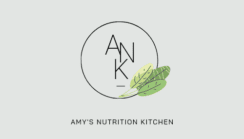


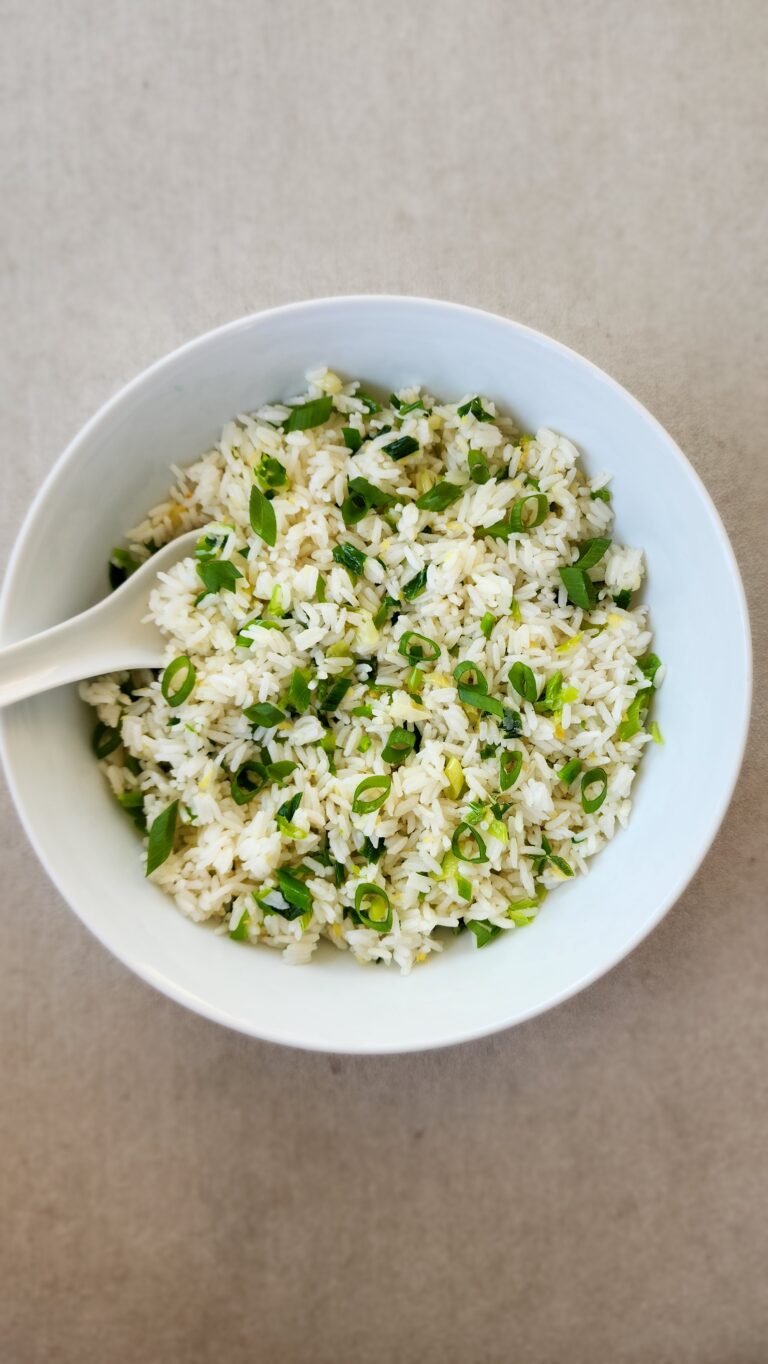
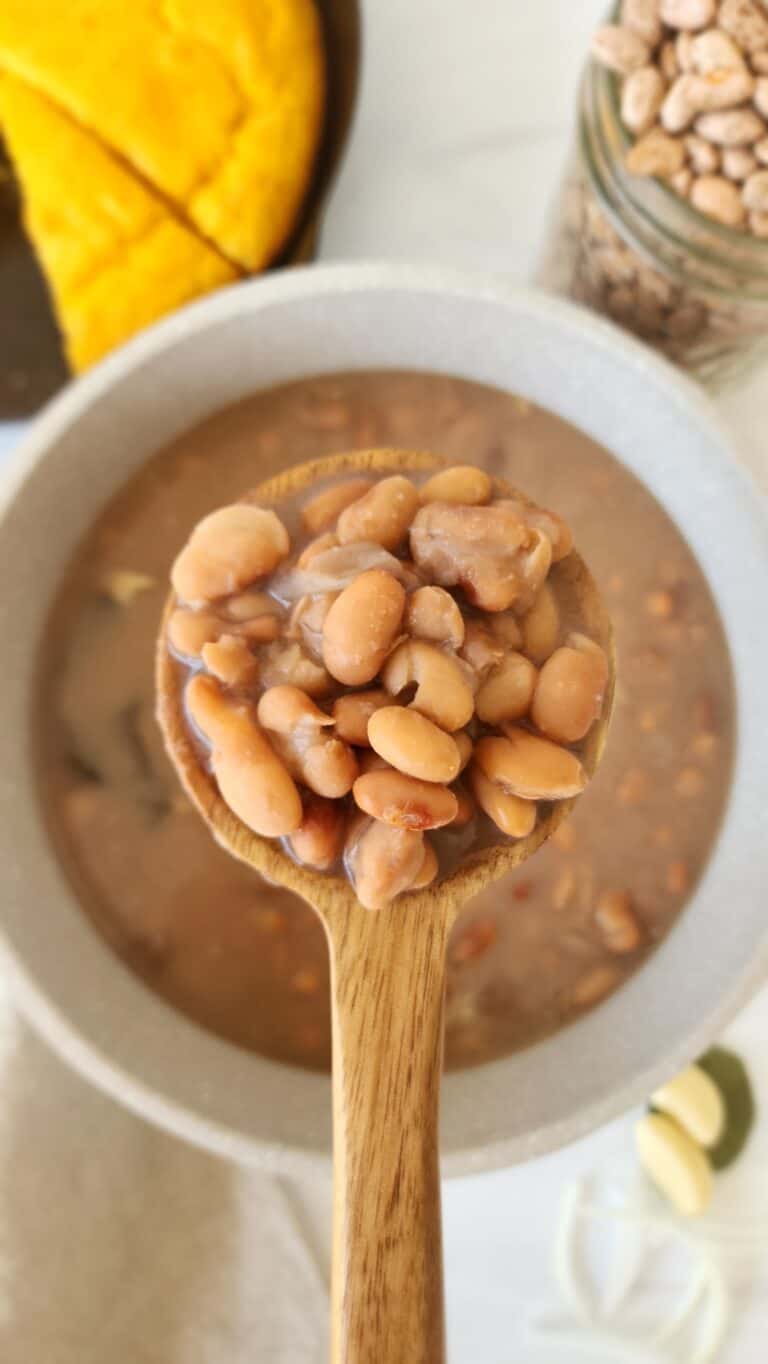
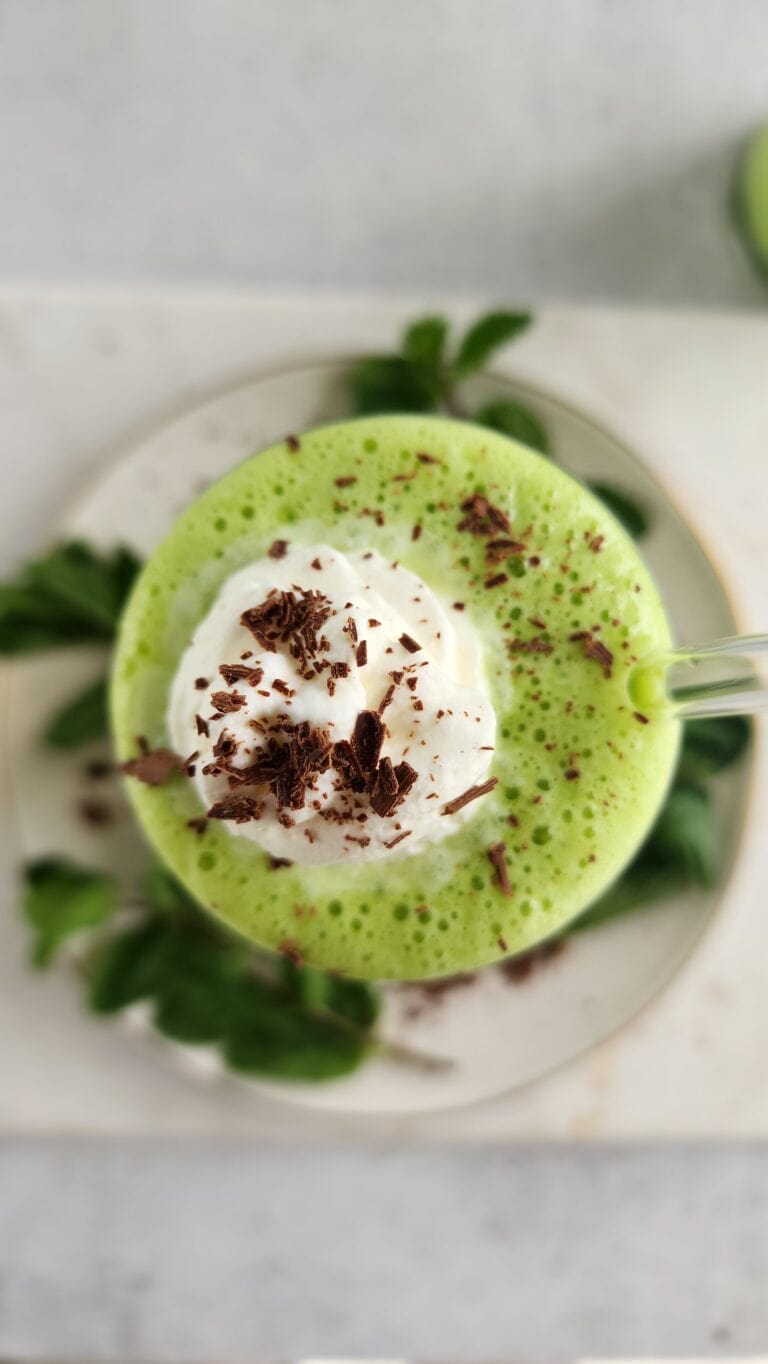
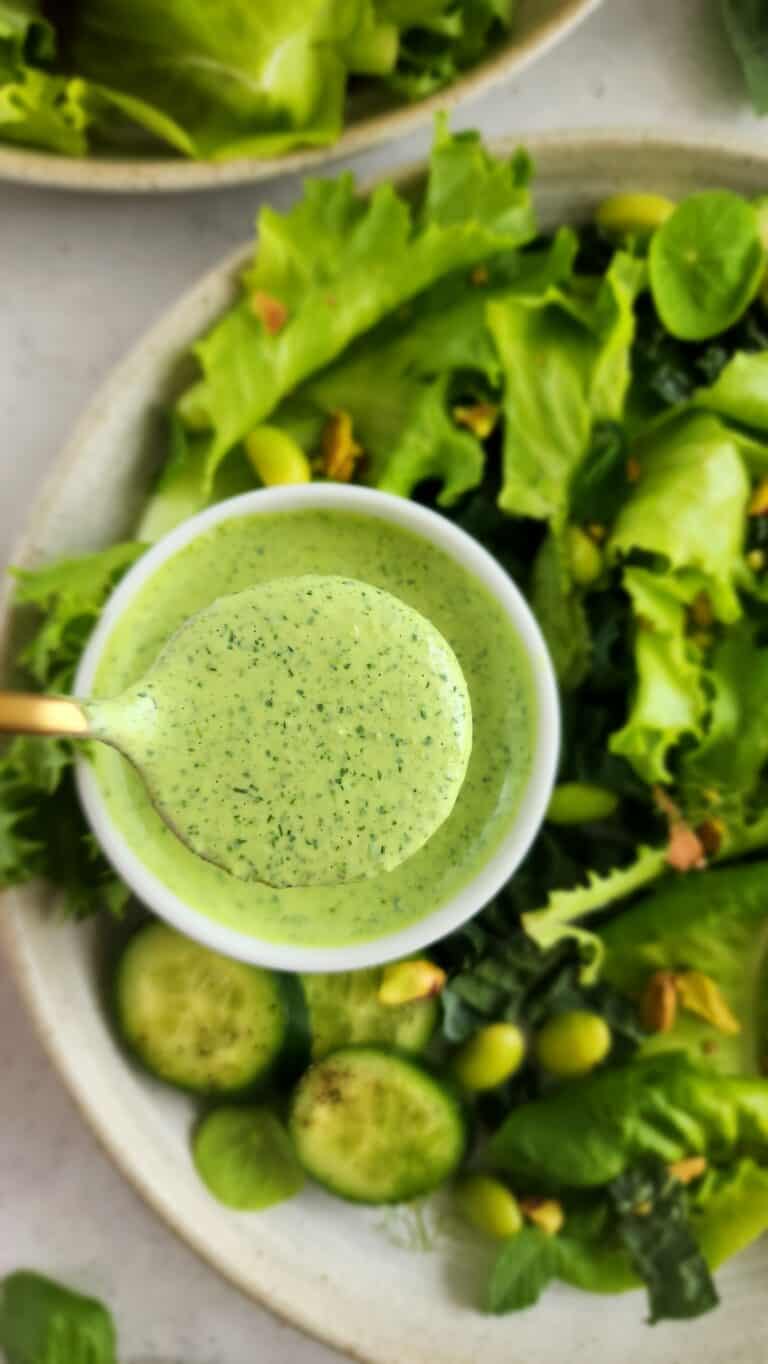

4 thoughts on “Nutrition Trends 2025”
Love this round-up! Here’s to 2025 and making small changes that will improve our health!
Informative and enjoyable to read. Thanks Amy for always “keeping it real.”
Small changes really can make a big impact on our health. Gotta begin where you’re at! Thanks for stopping by!
Thanks for the round-up and for a year of great recipes and information. May 2025 be a healthy one for all.